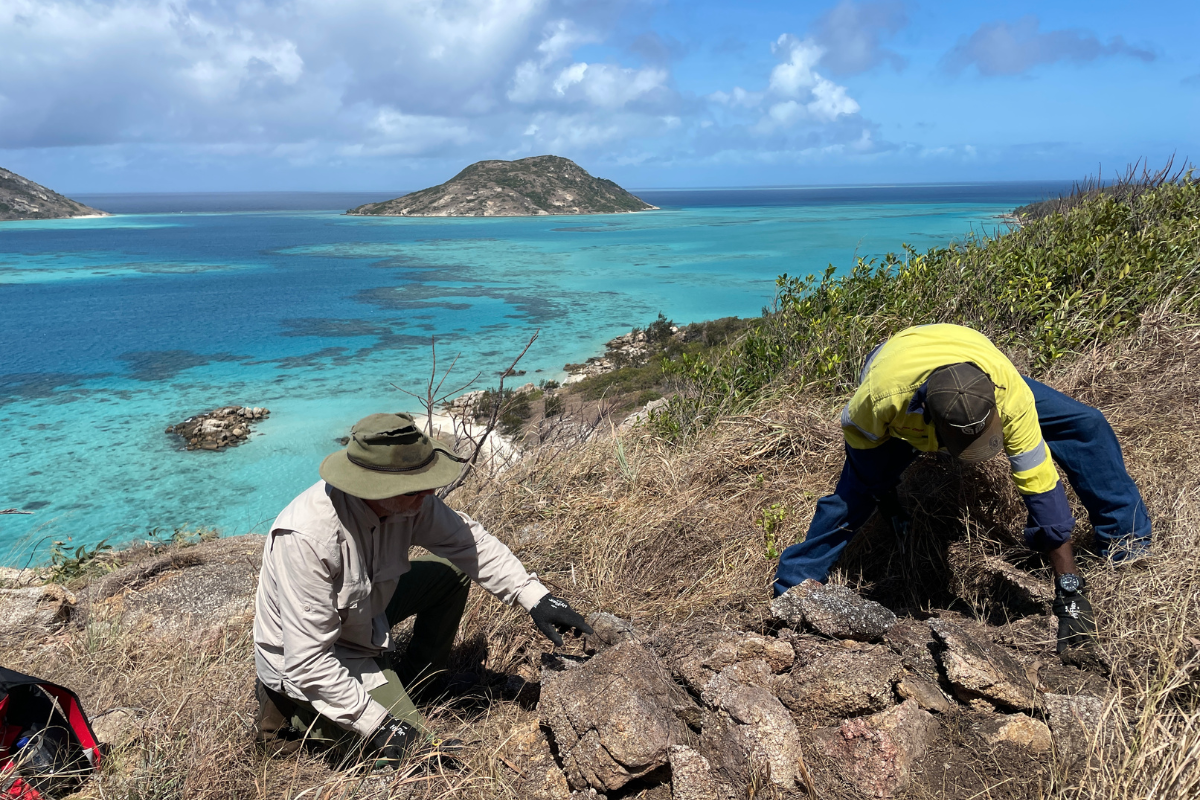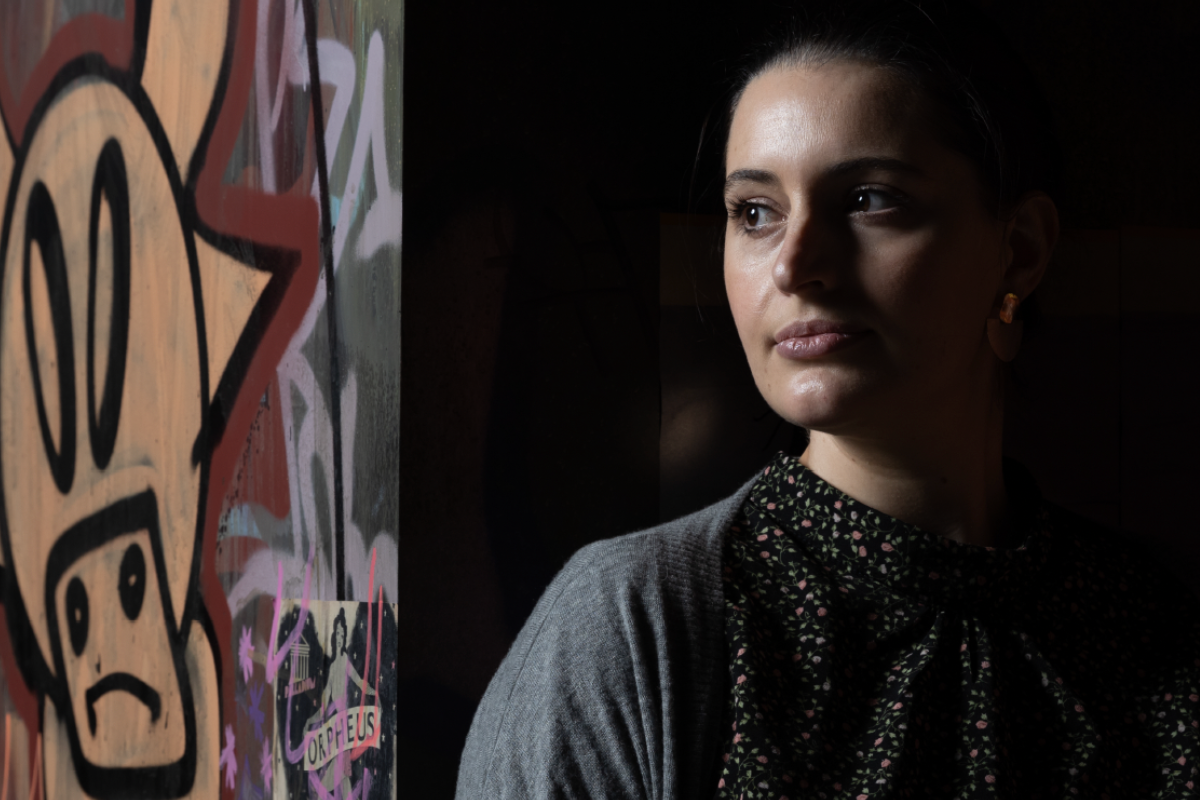
The explorer & the naturalist
On 12 January 1836, Charles Robert Darwin stepped ashore at Sydney Cove, towards the end of a five-year odyssey aboard HMS Beagle. Darwin had already visited the Galapagos Islands, but it was in Australia that his theory of the evolution of species by natural selection began to take shape.
This is one of the striking conclusions of historian Iain McCalman’s 2009 book Darwin’s Armada, which also reveals how three other key figures – Joseph Hooker, Thomas Huxley and Alfred Wallace, friends and staunch supporters of Darwin – were similarly influenced by travels in Australasia and the southern hemisphere.
Meanwhile the full significance of an earlier scientific voyage to Australia, led by the French navigator Nicolas Baudin in 1801–1803, has been recognised only relatively recently, following Australian research that has restored Baudin’s reputation and that of his expedition, long painted as a failure.
Frank Horner’s landmark book, The French Reconnaissance (1987), described the rich and vast collection of plant and animal specimens brought home by scientists, as well as other achievements, including production of the first comprehensive map of Australia by the cartographer Louis de Freycinet.
Colonial encounters
French descriptions of encounters with Aboriginal people provided a different, more impartial window into Indigenous life and the early impacts of colonisation.
They have also helped Indigenous groups to reconnect with pre-contact culture. In Tasmania, canoe-building has been revived, based partly on detailed drawings from the voyage.
More than 1500 sketches and paintings, created by expedition artists Charles-Alexandre Lesueur and Nicolas-Martin Petit, are among the earliest European portrayals of Aboriginal people and also of Australian fauna.
These historically significant works, held by the Natural History Museum in Le Havre, are among a wealth of previously under-exploited material in French archives, newly accessible thanks to research by Margaret Sankey, Jean Fornasiero and John West-Sooby.
A highly successful exhibition, Art and Science, toured Australia in 2016–2018, accompanied by a scholarly catalogue co-authored by Fornasiero, West-Sooby and Lindl Lawton.
The researchers have instigated Australian-French scientific and cultural collaborations, and created a digital repository of expedition writings, including Baudin’s journals.
How a rat-kangaroo & platypus informed the theory of evolution
Thirty years after Baudin left Australia, Darwin spotted a rat-kangaroo and a platypus in the Blue Mountains, west of Sydney. The singularity of Australia’s native creatures led him to speculate on how they had developed in isolation from the rest of the world.
This, McCalman argues, was the pivotal moment for Darwin. It began a shift from the belief that all species including man were divinely created (and thereafter remained fixed), to the theory that they have evolved over time, with the best-adapted variants surviving – as outlined in his explosive 1859 book On the Origin of Species.
Previously, it had been thought that Darwin’s intellectual epiphany – as with Hooker, Huxley and Wallace, all of whom went on to become giants of science – occurred in the Galapagos, South America or Tierra del Fuego.
Yet, as McCalman demonstrates, it was Australia’s distinctive flora that later persuaded Hooker, a botanist, to espouse Darwin’s theory. For Huxley, a marine biologist, it was, among other creatures, the sea squirts he studied off Cape York.
As for Wallace, a zoologist, he independently formulated his own evolutionary theory while collecting specimens in the Amazon and Malay Peninsula.
An enduring friendship
The three younger men became firm friends with Darwin and helped him to establish a credible scientific basis for his theory – the thinking that transformed the course of modern science was a collective endeavour. They were also Darwin’s most loyal allies in the battle against the conservative clerical and scientific establishment.
New research into these voyages has helped us recognise how important Australia and its region have been in the development of cultural and scientific understanding of our world. Inevitably it also reminds us of the global importance of Australasia’s biodiversity and the urgent need to protect this precious but dwindling resource.



